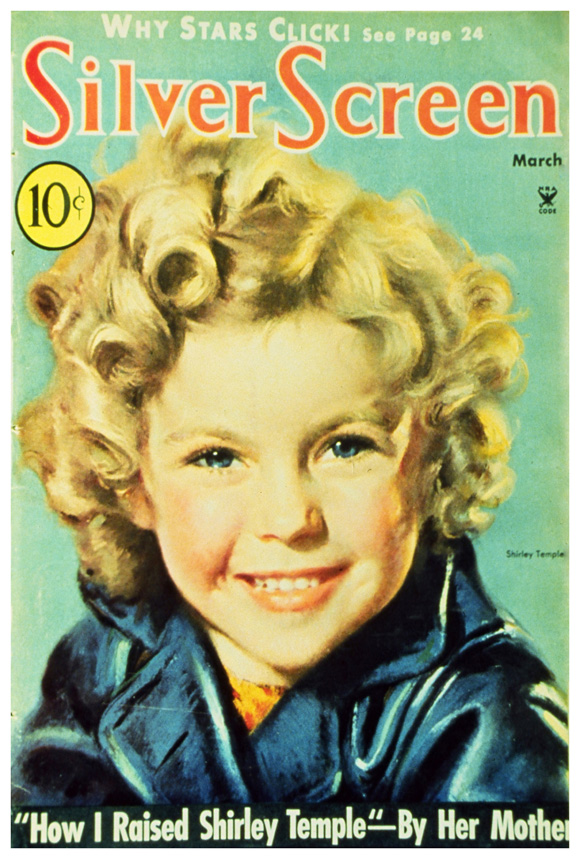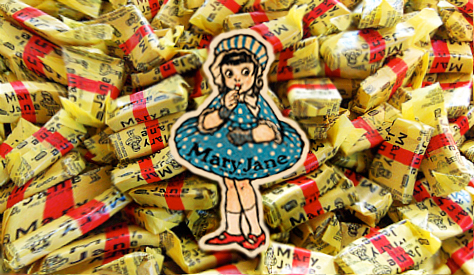Old Spice Commercials and The Bluest Eye
Advertisement creates unrealistic expectations for both males and females. In the Old Spice flex commercial the main character, Terry Crews, illustrates the standards set by advertisement for men through his unnaturally muscular body. Even though Old Spice is not advocating that men should have "talking abdomens," the commercial associates being powerful and dominant with being over muscular. The commercial creates a superior man in order to convince men that the Old Spice product is essential to being a powerful man. The glorification of an unrealistically muscular and powerful men in this advertisement creates a universal image of what a superior man should resemble. By the standards created in the commercial, any guy that does not use Old Spice or is not well-built is an inferior male.
Similarly, standards of beauty are set for little girls through advertisement's depiction of "blue-eyed dolls" manufactured. Because "all the world had agreed that a blue-eyed, yellow-haired, pink-skinned doll was what every girl treasured," Claudia, an African American girl, receives the doll for Christmas (20). Even though African American's naturally do not posses the traits of beauty chosen by advertisers, Claudia is still held to the same standards. In fact she receives the gift as a statement that says "this is beauty, and if you are on this day 'worthy' you may have it" (21). The blue-eyed doll represents a superior beauty that is naturally unattainable for African Americans. In fact the standard set by the dolls appearance ultimately excludes African American girls from being labeled as beautiful. Claudia is unable "to find the beauty, the desirability that had escaped her" when she dismembers the doll because there is no solidity behind the beauty of blond-hair blue-eyed doll (20). Because advertisement created an unrealistic standard of beauty, girls with darker skin are considered to have inferior external appearances.
In the Old Spice commercial, Terry is illustrated to be the quintessential "powerful" man. As Terry proclaims his dominance, his bicep agrees with him and grows another arm with an equally massive bicep. This humorous depiction of a superior man illustrates advertisement's creation of male values. Even though men are not expected to grow an extra arm, they are required by media's standards to glorify muscularity. The pursuit of a muscular body is for many an "adjustment without improvement" because all people are created different physically. Similarly when Claudia "learns to worship [Shirley Temple] and delight in cleanliness" she understands that the change in heart is "an adjustment without improvement" (23). The adjustment in perception stems from advertisement's created norms that are forced on generations to accept if they too want to be accepted.
In the Bluest Eye, Pecola wishes to become advertisement's illustration of beauty when she purchases a Mary Jane piece of candy. Similarly Old Spice associates their product with power, dominance, and masculinity in order to deceive customers that the body wash is essential to being an attractive man. The blue eyes of Mary Jane are perceived to be the essence of beauty to Pecola (50). When Pecola purchases the candy she believes that "to eat the candy is somehow to eat the eyes, eat Mary Jane, Love Mary. Love Mary Jane. Be Mary Jane" (50). Because the advertisement has convinced Pecola that the blue-eyed white girl is the quintessential face of beauty, Pecola begins to associate true prettiness with the product. The advertisements in Mary Jane candy's and Old Spice are designed to make the customer crave the products by enhancing the sonsumer's insecurities. Because Pecola feels inferior to the image on the candy, she purchases it with hopes of becoming like the advertised girl. Similarly because certain men feel inferior to the muscular man portrayed in the Old Spice commercial, they buy the product with the back thought of becoming a step closer to a "powerful" man.





This isa great parallel to the the Bluest Eye. It's amazing to me how so much like advertising and stuff has this portrayed beauty, or what is supposedly the way to look. Great use of quotes to show how influencial society and media was on Pecola in the bluest eye as compared to these commercials you have found.
ReplyDeleteKofi,
ReplyDeleteI think your font is a little too big, and you should have done more with your pictures. Other than that, however, I like the connection you made between the Mary Jane candy and Pecola to how she begins to associate the product with beauty, which, unfortunately, still seems to happen in the young minds of girls today.